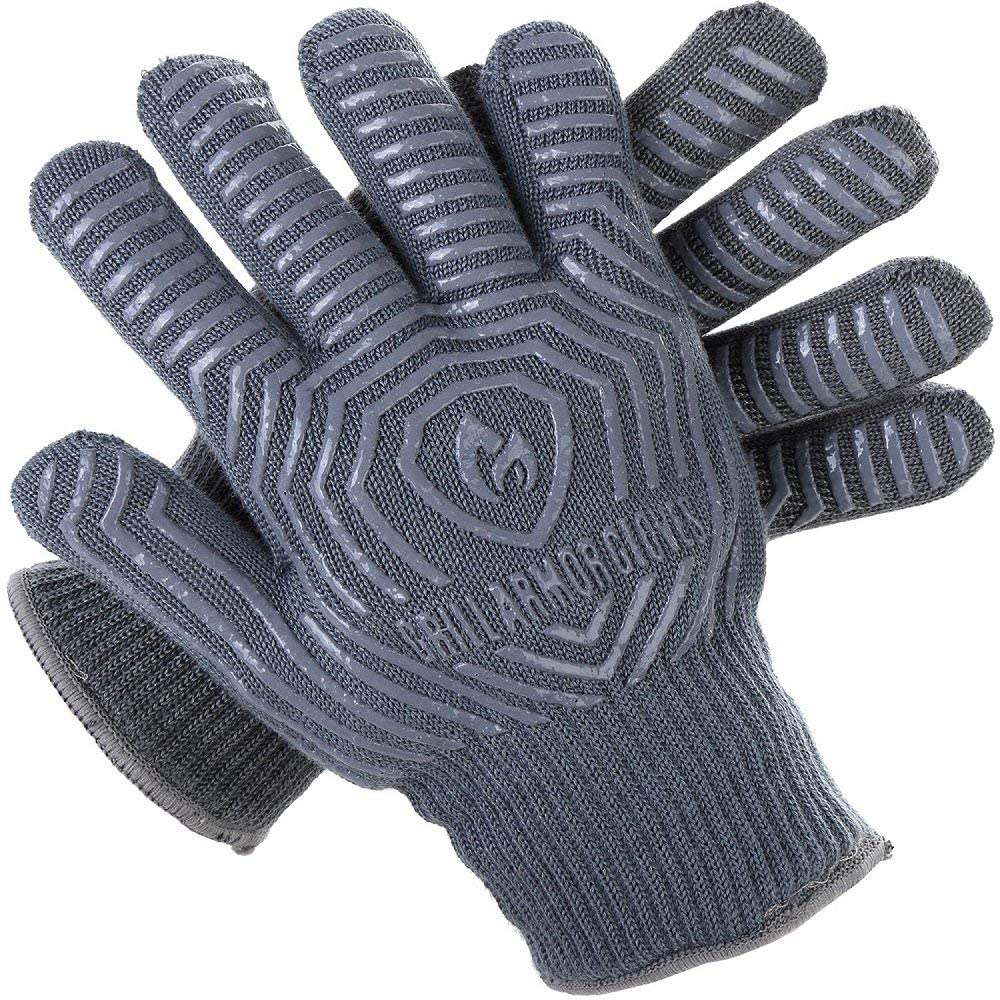Protective gloves are a crucial but often disregarded personal safety gear for professional crafters and home repair enthusiasts. Even though most people understand how important it is to wear DIY gloves when working on different tasks, many unintentionally jeopardize their safety and quality of work by choosing or using the wrong gloves. Comprehending typical glove-related errors can significantly improve project results and personal safety. In order to keep your hands safe while preserving the best possible dexterity and comfort throughout your projects, this article looks at five common mistakes do-it-yourselfers make when it comes to protective gloves and offers helpful advice for avoiding them.
Selecting the Wrong Glove Type for the Task
DIY individuals commonly reuse a single pair of gloves for the entire project, just adding to the risk and complexity of the project. For example, specific gloves are used for different tasks: electrical work requires the use of insulated rubber gloves; wood work and sharp objects need cut-resistant gloves; welding or high-temperature applications involve the use of heat-resistant leather gloves, and solvents and cleaning agents may be dealt with using nitrile or neoprene gloves that are chemical resistant.
Wearing lightweight cotton gloves for construction work is inadequate protection, and doing the same with gardening gloves when handling chemicals does not protect. Before you do any work, find out the best glove material and design for your own use when considering all potential risks of cutting, puncture, chemicals, heat, electrical hazards and vibration exposure.
Ignoring Proper Sizing and Fit Considerations
You cannot ignore the many important factors, from the cleanliness of the glove surfaces to finding inappropriately sized gloves. Tight gloves reduce blood circulation excessively and cause hand fatigue faster. In contrast, large gloves create extra and hazardous material that catches on the tools and affects the dexterity. Rather than assuming that one size will fit all, you must measure your hands and refer to the manufacturer’s sizing chart because manufacturers have their standards for sizing. Using a tape measure, measure the length around your dominant hand at its broadest point, not including the thumb, and from your fingertip to the wrist crease.
Neglecting Regular Inspection and Maintenance
Long after they ought to be replaced, many do-it-yourselfers wear shoddy gloves, drastically lowering protection levels. Remember to examine gloves before each use to look for signs of decreased protection, such as tearing, punctures, thinning material, chemical deterioration, or hardness. Integrity can be jeopardized by even unseeable harm from UV deterioration or chemical exposure. After every use, wash reusable gloves as the manufacturer directs since pollutants and grime buildup hasten degradation. Gloves should be kept out of direct sunlight, in areas with high or low humidity, and preferably hung or lying flat rather than crumpled in toolboxes.
Underestimating Cross-Contamination Risks
Due to poor glove usage, many do-it-yourselfers unintentionally spread dangerous materials around their workspace and homes. When contaminated gloves are used to touch door handles, phones, tools, or personal belongings, chemicals, adhesives, or irritants are transferred outside the local work area. Learn how to remove your gloves with discipline; ideally, you should grasp the cuff and pull it inside out to keep pollutants out. Establish clear “clean hand/dirty hand” guidelines for operations requiring hazardous materials. For example, use your dominant hand to operate equipment while keeping your non-dominant hand clean for contaminated objects.
Overlooking Task-Specific Performance Requirements
Many ignore what gloves do for productivity and quality of work. The wrong or poorly made gloves can drastically reduce grip strength, finger dexterity and tactile sensitivity, which means that they can cause project mistakes, or you’ll have to take the gloves off to perform precise jobs. Thinner, textured palms and finger gloves are a better choice for dexterity demanding fine detail work, as they keep your hand in place and still get sensitivity. Pick breathable and moisture-wicking fabrics for extended projects to keep your hands from fatigue and sweating.
Conclusion
For do-it-yourselfers of all skill levels, careful glove selection and use significantly improve project outputs and safety. You can lay the groundwork for safer, more efficient work practices by avoiding the five common mistakes mentioned above. Remember that investing in gloves is a relatively small expenditure when weighed against possible accident expenses or project problems.







